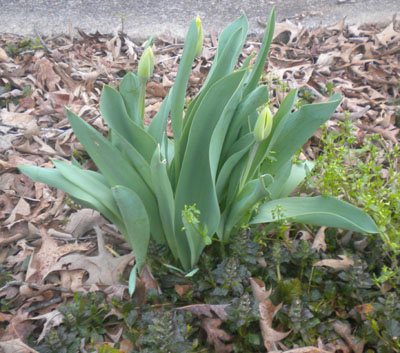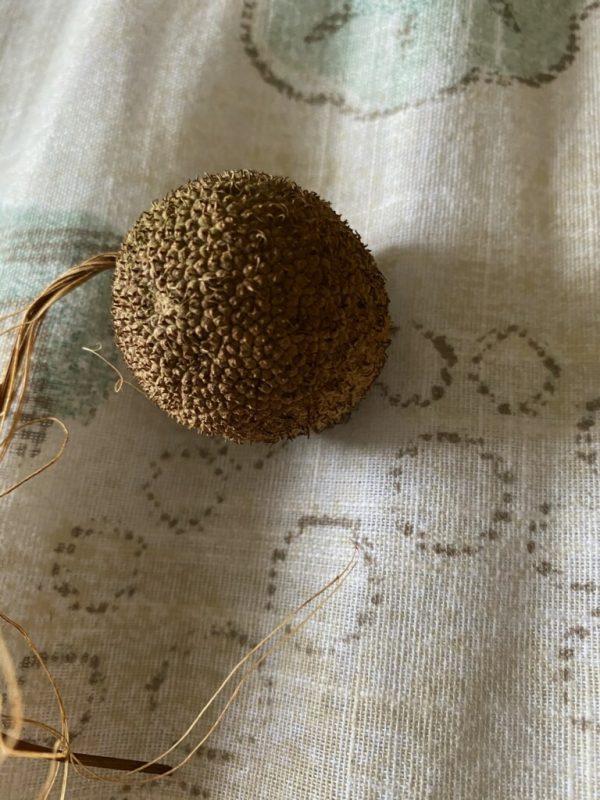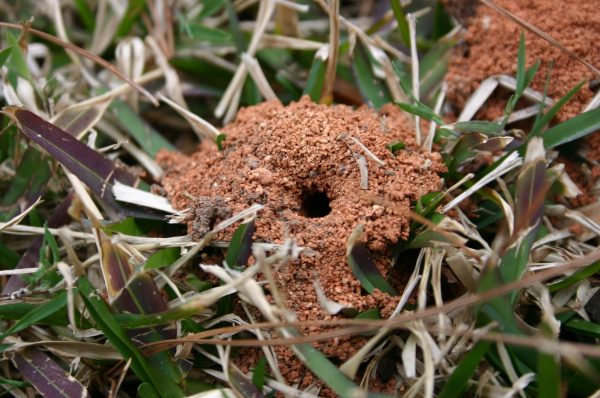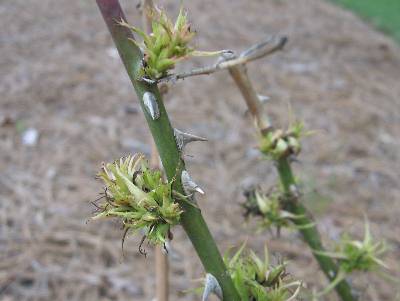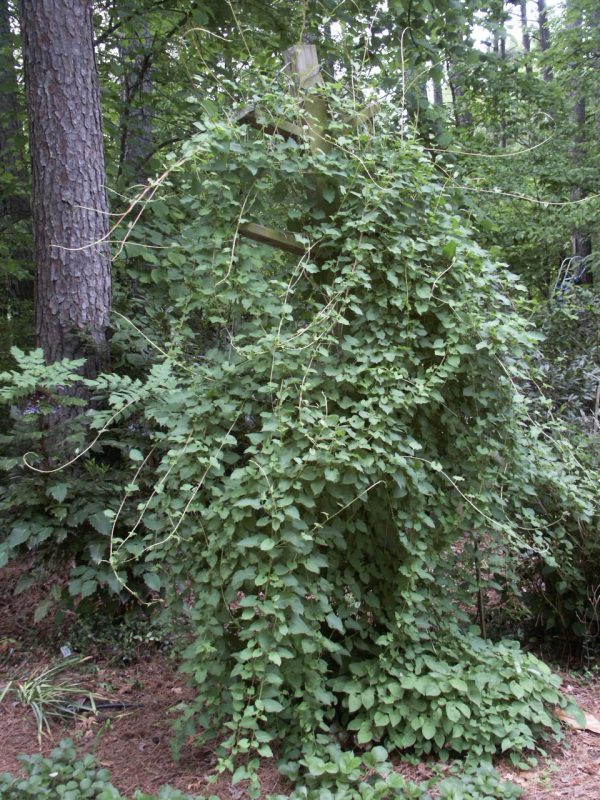Crapemyrtle Pruning – Shannon Pable’s Comments
“Here’s how I look at it:
“For pollarding, you cut above the last pollarded cut; i.e. cut the newer wood and avoid cutting into the older wood…leaving some existing lateral branching. By cutting into the older wood you would increase the risk of decay. Unlike ‘crape murder’ where the tree is typically cut off at or below the last year’s cut.
“Once a tree has been pollarded, you will need to continue the practice since the tree’s structure could lead to abnormal and imbalanced growth.
“Certain tree species respond better than others to pollarding, topping, ‘murder’, etc. These species are known to be more efficient at compartmentalization and thus be more resistant to decay. And crape myrtles obviously do a good job at this.
“However, by continually topping, a tree (including crapes), they will have very weak branching structure. This branching will also consist of very soft, new wood also making it more susceptible to pests/disease.
“I typically tell my clients to remove the dead/diseased/rubbing branches of the crape. And remove branches down to finger size and keep in forks of threes. For Natchez, once you obtain a nice base shape, stop pruning and let it go to its enormous height. It will bloom fine with no pruning.
“Haven’t noticed a difference with powdery mildew between the pollarding and topped…something that would be interesting to investigate. I have, however, noticed a huge increase with black sooty mold on crapes for homeowners that sprayed the J. beetles with Sevin. When I’ve used pyrethrins instead of Sevin, I did not get the sooty mold. I think Sevin kills so many beneficials, the aphids, white fly, etc have a population explosion.




